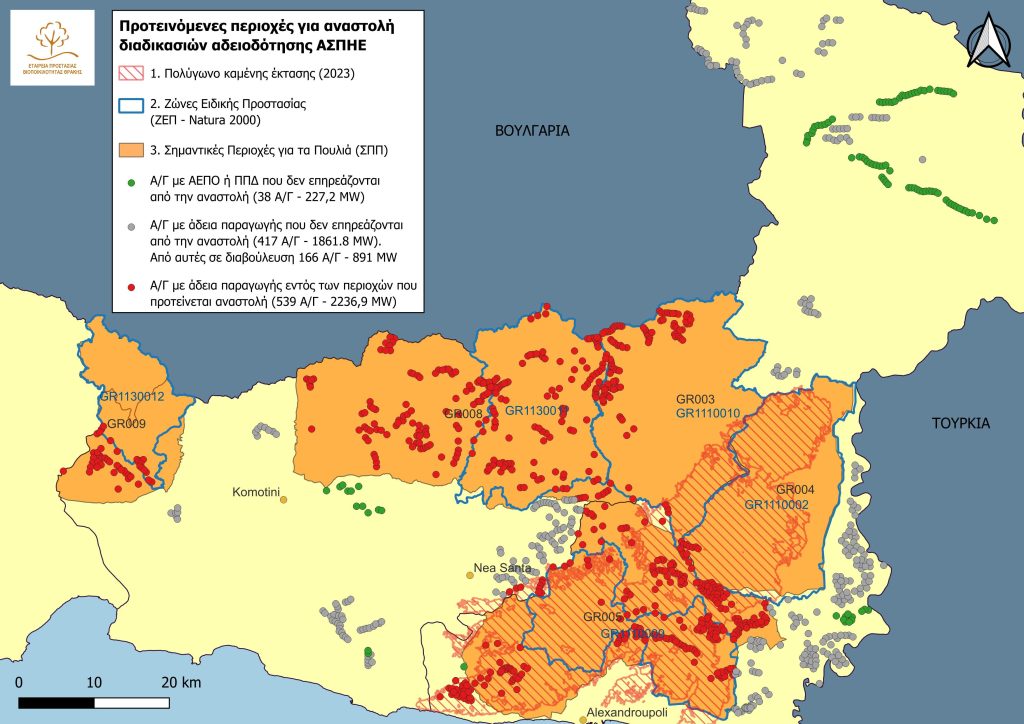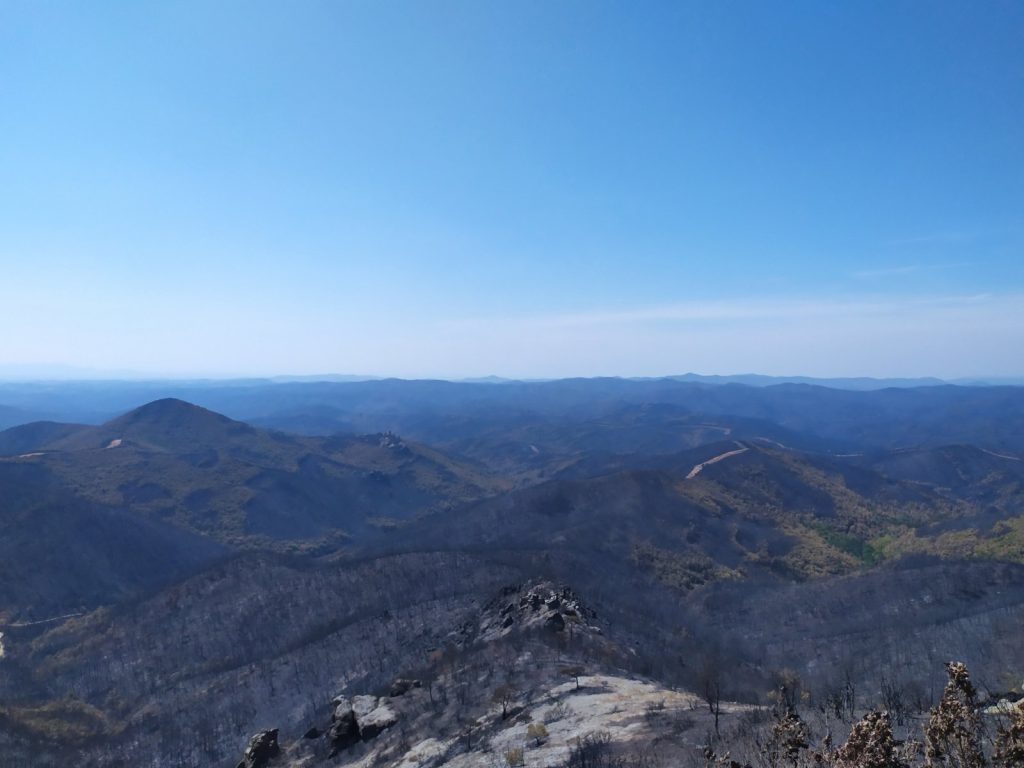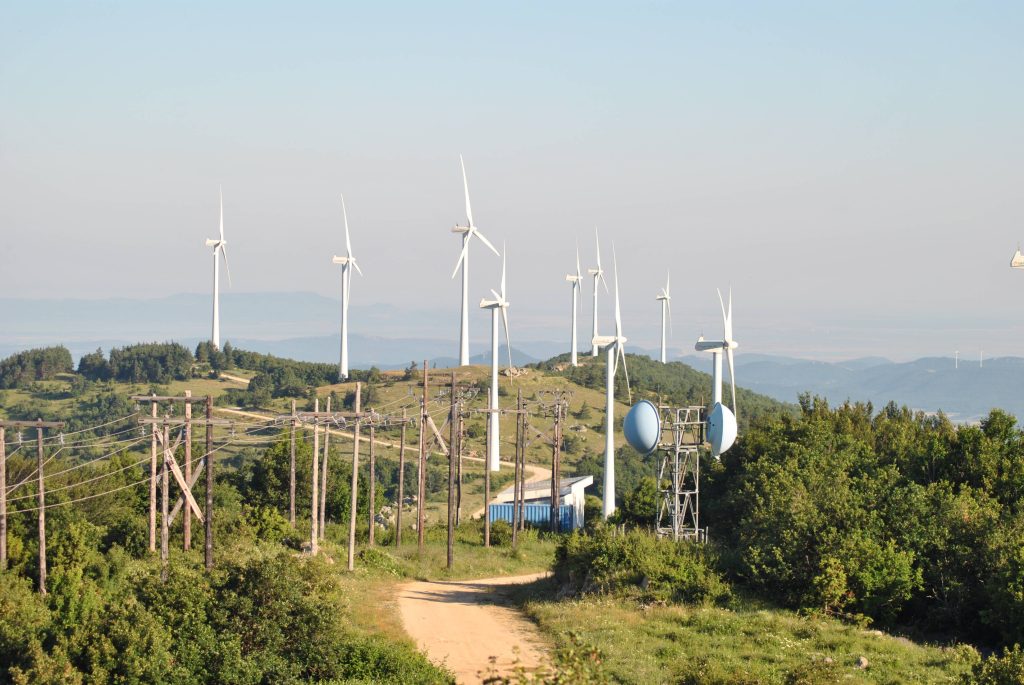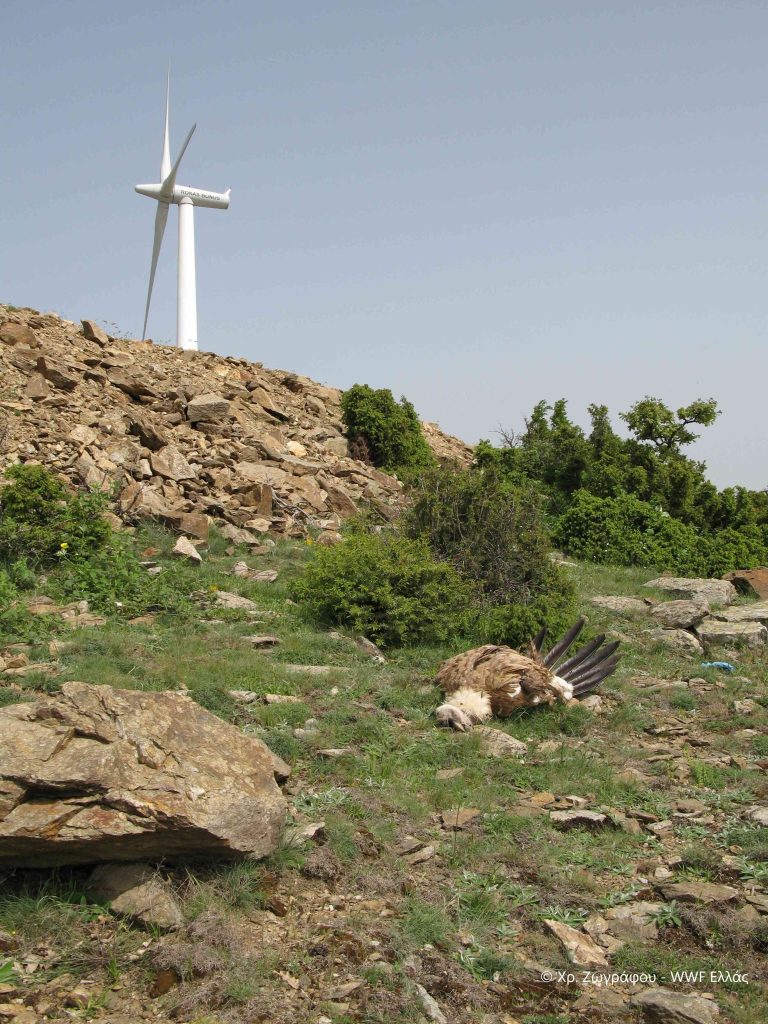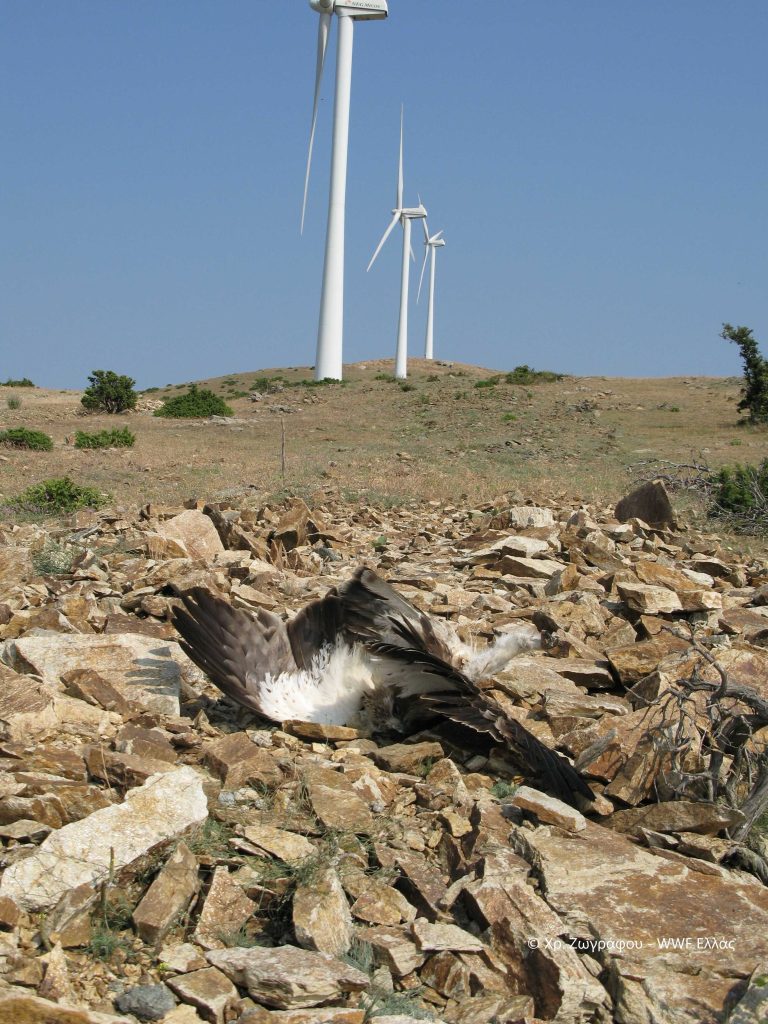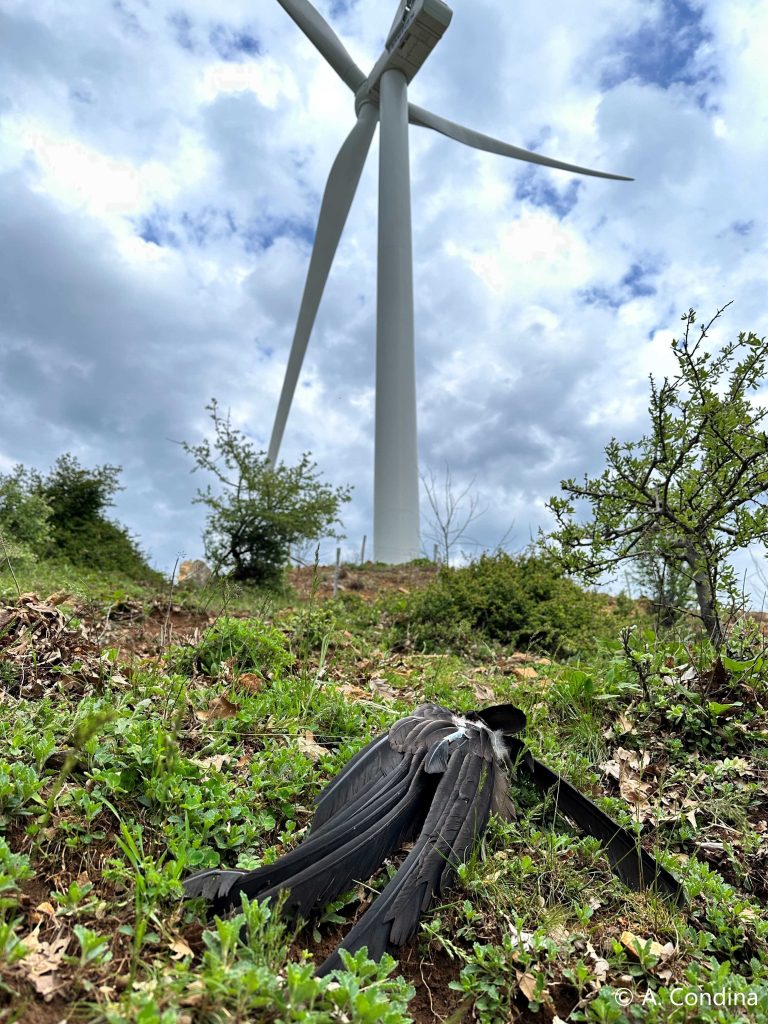Joint statement by nine environmental organisations: Still no protection measures for the burnt ecosystems in Evros!

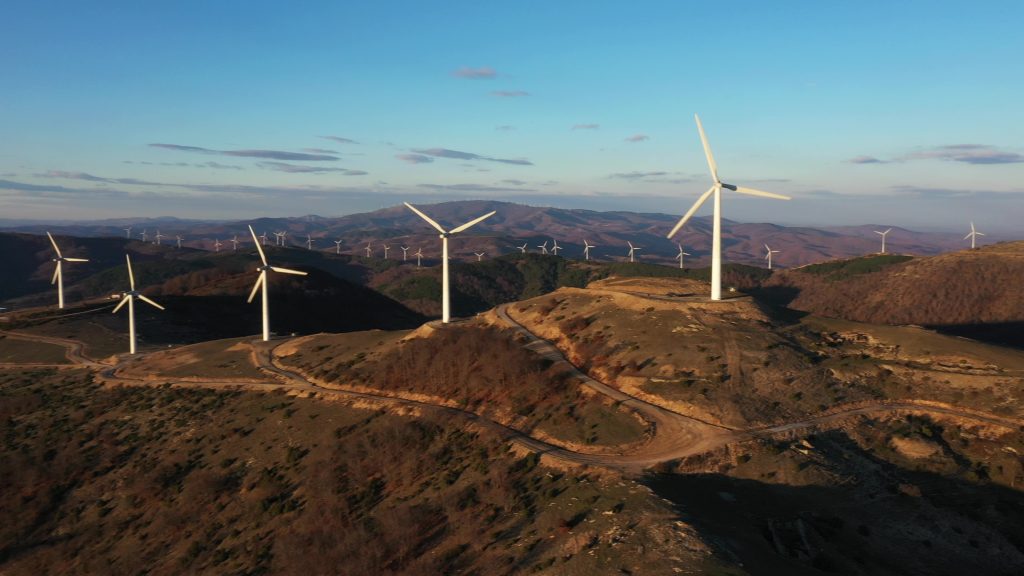
Three months have passed since the devastating fire that burned approximately 950,000 acres in Evros and Rhodope, with incalculable consequences for protected birds and natural ecosystems, but the Ministry of Environment and Energy has still not issued any decision on the necessary temporary protection measures that will facilitate restoration. Actions for restoration have been initiated, but without first securing the area with a decision to suspend the approval of projects and activities that could potentially cause serious impacts on the protected birds and ecosystems of the area affected by the fire. While since 26 September the Minister of Environment and Energy announced the suspension of economic activities in the fire-affected area, and despite the fact that actions for restoration have already been initiated by NECCA and the Forestry Service, no such decision has yet been taken.
Already on 27 October, nine environmental organisations sent an urgent letter to the Ministry of Environment and Energy with specific proposals, based on scientific data, calling on the Ministry to suspend by legislation for at least three years potentially harmful projects (not the beneficial ones) and activities within the burnt areas. In particular for wind energy projects, the suspension needs to be extended to the adjacent bird-critical areas of Evros and Rhodope. Almost two months after the Minister's announcement and the subsequent scientifically based proposal of the nine environmental organisations, the suspension of the licensing procedures for wind farms has not yet been established.
This delay is of particular concern for the protection of birds and ecosystems affected by the fire, but it is also confusing for the authorities called upon to decide or give opinion on the permitting procedure of these projects, as the number of planned projects in the area is constantly increasing.
The environmental organisations call on the Ministry of Environment to take the necessary measures immediately, by suspending with legislative regulation the licensing procedures of all projects not related to the management and protection of burnt areas. Especially for wind farms, the suspension needs to extend in specific areas of critical ecological importance, adjacent to the burnt areas, until the completion of the studies that will provide the necessary reliable data and information in order to take scientifically documented and thorough decisions on the continuation of planning and licensing such projects in this area. This is the only way to ensure the protection of birds and natural ecosystems and the success of restoration actions.
Joint statement by nine organisations:
- ANIMA
- Hellenic Society for the Protection of Nature
- Hellenic Ornithological Society
- Society for the Protection of Biodiversity of Thrace
- Society for the Protection of Prespa
- Callisto
- Ecological Recycling Society
- MEDASSET
- WWF Greece
Notes:
I. Background:
- On 26 September the Minister of Environment and Energy announced the suspension of economic activities in the fire-affected area of Evros, but since then no decision has been published in this regard. The minister's announcement can be found here.
- On 27 October, nine environmental organisations sent an urgent letter to the Ministry of Environment with specific and well-founded proposals, calling on the Ministry to suspend by legislation for at least three years potentially harmful (not beneficial) projects and activities within the burnt areas, and in particular for wind energy projects, to suspend them also in the adjacent bird-critical areas of Evros and Rhodope. You can read the letter here.
- On 13 November, SPBT submitted comments to the public consultation on a draft bill of the Ministry of Environment and Energy, asking the proposals of the nine environmental organisations to be included in the bill. You can read the comments of SPBT on the public consultation here.
- On November 17, SPBT sent a new letter to the Ministry of Environmental and Energy requesting an update on the progress regarding the nine organisations' request for a suspension of the permitting procedures, highlighting its comments on the public consultation on the bill, and sending a map showing the areas proposed for suspension and the affected wind farm projects. You can read the letter here.
IΙ. Current situation:
In the Evros and Rhodope Regional Units 28 wind farms with 276 wind turbines, with a total capacity of 506.3 MW have already been installed and are in operation of which:
- 18 wind farms, with 170 wind turbines within Natura areas
- All of the 28 wind farms, with 266 wind turbines within IBAs
- 8 wind farms, with 54 wind turbines within the burnt area
In the two Regional Units 30 wind farms, with 221 wind turbines, with a total capacity of 863 MW have been granted permission (but not yet installed) of which:
- 9 wind farms, with 68 wind turbines within Natura areas
- 22 wind farms, with 123 wind turbines within IBAs
- 8 wind farms, with 19 wind turbines within the burnt area
In addition to these, 38 wind farms, with 348 wind turbines, with a total capacity of 1818.1 MW are under consultation for environmental licensing, of which:
- 8 wind farms, with 42 wind turbines within Natura areas
- 27 wind farms, with 238 wind turbines within IBAs
- 11 wind farms, with 52 wind turbines within the burnt area
IIΙ. Collision incidents:
To date, in Evros and Rhodope, 563 incidents of bird and bats colliding with wind turbines have been recorded. From those:
- 35 are birds of prey (16 of them vultures)
- 198 are birds of other species
- 330 are bats
In addition to birds’ mortality due to collision, wind turbines have a significant impact (either individually or cumulatively) on other protected species (e.g. bats) and habitats.
The actual number of victims is clearly higher than the number recorded, since as it has been shown in practice (satellite transmitters and surveys), in many cases birds after the collision fall a long distance from the wind turbines, or in areas with dense vegetation, or are injured, and until they die moving on the ground, they are moved away from the wind turbines or consumed by mammals in the interim between surveys.
It is noted that three protected birds of prey (a Cinereous Vulture, a Botted Eagle and a Honey Buzzard) collided with wind turbines that had an automated collision avoidance system installed and while the system detected the approach of the birds through the cameras, the wind turbines failed to stop in time and the birds collided on them. Taking into account the incidents of collision with wind turbines that had an automated collision avoidance system installed, as well as other incidents have been recorded abroad, and in addition the fact that the deterrent sounds emitted by the system have been shown to displace birds from suitable areas, it is demonstrated that these systems are not fully effective and therefore cannot ensure mitigation of impacts on protected species.
